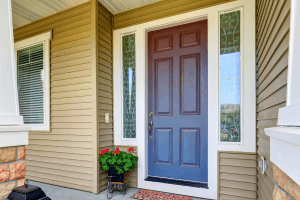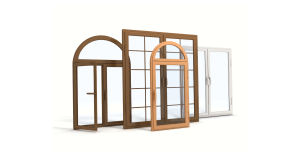Your local climate zone plays a vital role in many aspects of building or renovating your home, including your choice of doors and windows. You want to make your living space as comfortable as possible without having to spend too much money on energy bills – heating and cooling.
Today, glass manufacturers try to accommodate all kinds of homeowner requests. For instance, you are likely to find windows that allow more light through, intended for homeowners who feel they need to let in more natural light into a room; or those that let in light but trap the heat inside, and just about every other need.
Research shows that windows are one of the biggest sources of heat loss in winter, especially in older homes, due to the low insulating capabilities of the windows, as well as air leakage. To make your rooms as energy efficient as possible, it is essential that you pick the right windows for your climate – those that keep heat inside in the winter and outside in the summer.
The Solution
Many windows, glazed doors, and skylights now come with labels or energy ratings, similar to those found on household appliances, to help homeowners and contractors find energy-efficient products.
According to Energy Star, Canada has three climate zones, though the largest section of the country experiences temperatures below 18 degrees Celsius for most of the year. The climate zone for which a door, window, or skylight is Energy-Star-certified will be indicated on a label on the product. So, you should know your home’s climate zone before making the purchase.
If you, instead, purchase a window that is rated for a different zone, perhaps one that is warmer than where you reside, you will find that the window is not as efficient as you expect – with somewhat poor insulation ability.
If you reside at a considerably higher elevation than the surrounding region, it is likely that your home is also cooler than those in your area. You should take this difference into consideration when purchasing products, and choose those designed for at least one level colder. This principle is particularly important for homes in central and southern British Columbia where the energy efficiency levels used are based on the large urban centres located in lower altitudes.
Final Note
In all climates, you will find that windows and doors with low U-factor perform better. Some areas in Canada experience extremely low temperatures like -30 degrees or colder.
The maximum U-factor value for the Energy Star label is 0.35. But for extreme cold conditions, it is recommended that you get windows with a U-factor of 0.17, which are typically triple-glazed, low-e coating with inert gas between the glass panes.

